
Dripping Sun – Kikagaku Moyo/幾何学模様
this blog is GROOVY – check out great Soul, Funk, Jazz, Hip Hop, Bass, Breaks , Reggae, House n many more TUNES
Ah, psychedelic rock! A genre that bursts forth like a kaleidoscope of colors, swirling around to the sound of electric guitars and hypnotic rhythms. Originating in the mid-1960s, this music style emerged as the backdrop for a cultural revolution that embraced peace, love, and a little something extra (wink wink!). Let’s take a laid-back stroll through its funky history and groove to some amusing anecdotes about its colorful musicians along the way.
Psychedelic rock sprouted from an eclectic mix of influences—folk music, blues, jazz, Indian classical music—and yes, even avant-garde art! Bands like The Beatles kicked things off with tunes like “Tomorrow Never Knows,” where they let their minds wander through layers of tape loops and sitar riffs.
In 1967, San Francisco became the epicenter of this musical movement during the legendary Summer of Love. The iconic band The Grateful Dead rose from this vibrant scene with their improvisational style that encouraged free expression—not just in music but also in fashion choices (tie-dye anyone?).
Did you know that Jerry Garcia once played an entire concert while wearing nothing but his underwear? Yep! During one performance at Ken Kesey’s Acid Tests—a series of events meant to promote LSD use—he decided comfort was key!
As more musicians dove into the trippy waters of psychedelia throughout the late ’60s and early ’70s, international flavors infused into rock ‘n’ roll. In England alone, bands such as Pink Floyd were stretching sonic boundaries with albums like The Piper at the Gates of Dawn. Their experimental sounds left listeners feeling as if they’d just taken an unforgettable trip without ever leaving their living rooms.
Across the pond in India, Ravi Shankar’s sitar plucking cast ripples across genres; inspired guitarists incorporated those exotic sounds into rock tracks. Remember when George Harrison learned how to play “Norwegian Wood” on it? Talk about cross-cultural collaboration!
Speaking of Pink Floyd—did you hear about Syd Barrett’s obsession with having his sandwiches cut precisely into triangles? He had very specific dietary requests: If they weren’t right by his standards after every gig or recording session… lets just say he wasn’t going to eat them!
You can’t talk about psychedelic rock without mentioning festivals! Woodstock in 1969 was basically Mecca for fans buzzing on good vibes and flower power. It showcased legends such as Jimi Hendrix—the ultimate guitar wizard who set fire not only to his instrument but also hearts worldwide with mind-bending performances.
Notably influenced by both Eastern spirituality and counter-culture movements sweeping across America during this period—which included political protests against war—the lyrics often featured dreamy narratives peppered with surreal imagery (“Lucy in the Sky With Diamonds” rings any bells?).
This unique blend expanded beyond mere sound; visual elements skyrocketed too. Album covers morphed into artistic masterpieces showcasing stunning artwork punctuated by wild typography—a feast for your eyes!
Ever heard Jimi Hendrix painted songs on stage instead? Legend has it he’d sometimes finger-paint illustrations above amps while performing! You can only imagine how many paint cans he went through.
As time rolled on towards disco feverate ’70s glimmerings faded away—yet echoes lingered strong within punk scenes where elements resurfaced. Artists such as David Bowie fused glam-rock aesthetics overlaid onto psychedelic blueprints creating distinct personas few could forget (“Starman” still gives us chills!).
Fast-forwarding further brings us full circle; modern acts like Tame Impala channel surfboards back to classic grooves reminiscent echoing vintage charm laced under fresh electronic vibes that’s cool enough for today’s crowd while never losing touch what came before them—all revived inspirations dancing around vividly alive together again since birth!
And oh boy do we enjoy contemporary festival experiences featuring neon light shows blending harmoniously alongside live jams – paid ticket holders indulging themselves reliving dreamy hits passed down generations long gone yet so ongoing vivid exciting splashes renew our spirits somehow different yet strangely familiar reminding us there’s always space out there exploring creative realms awaiting discovery everywhere…
Psychedelic rock isn’t merely another genre—it embodies adventure steeped richly imbued transcendent soundscapes inviting exploration reflective shared experiences between artists bearing heartbeats matched rhythmically alongside souls yearning heightened states… What more could anyone ask?! So keep listening partying loving diving deeper wherever life takes your vibe!!!
Remember friends – always be open-minded when groovin’ because creativity knows no bounds; dive headfirst savor those sweet metaphoric waves keeping journey rolling endlessly unexpected serendipity awaits each twist turn evolving ride though cosmic sonic journeys await ready blissfully bring joy laughter filled moments magical memories spending timelessly discovering far-off lands… Wooooah!!!

Dripping Sun – Kikagaku Moyo/幾何学模様
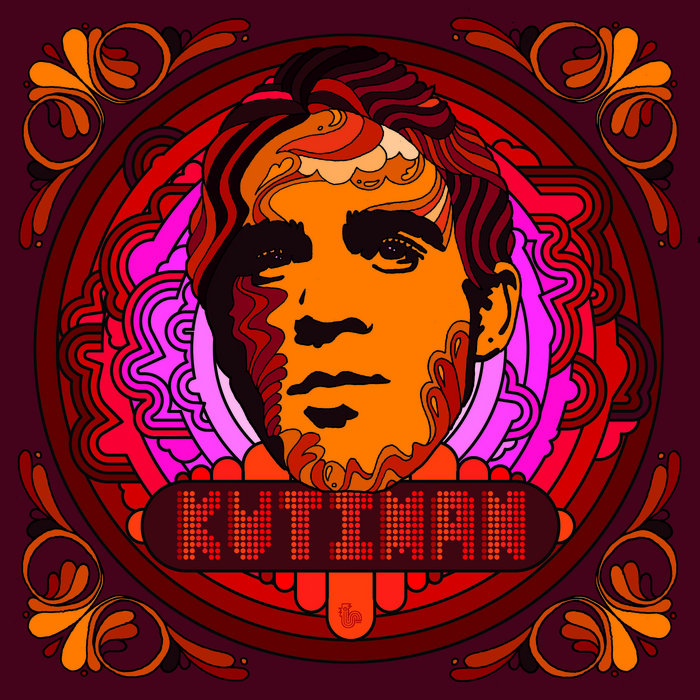
No Groove Where I Come From – Kutiman

Automatic – Mildlife
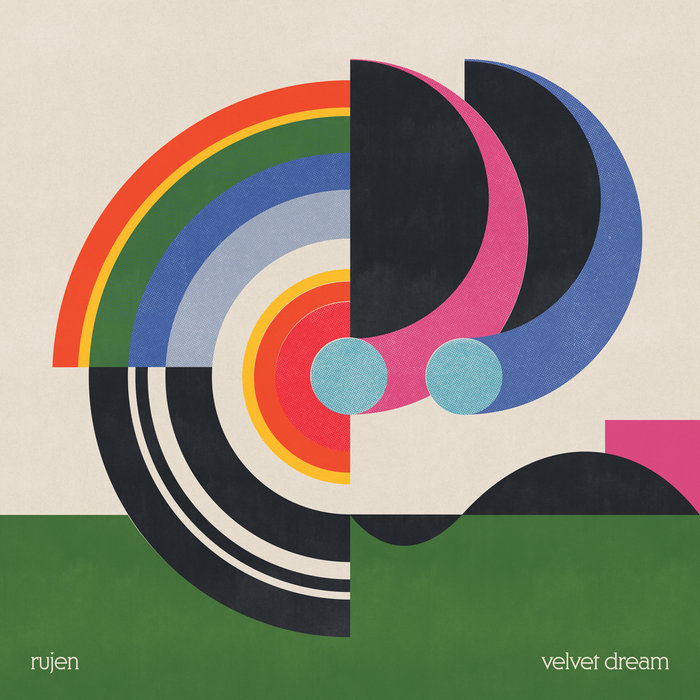
Velvet Dream – Rujen
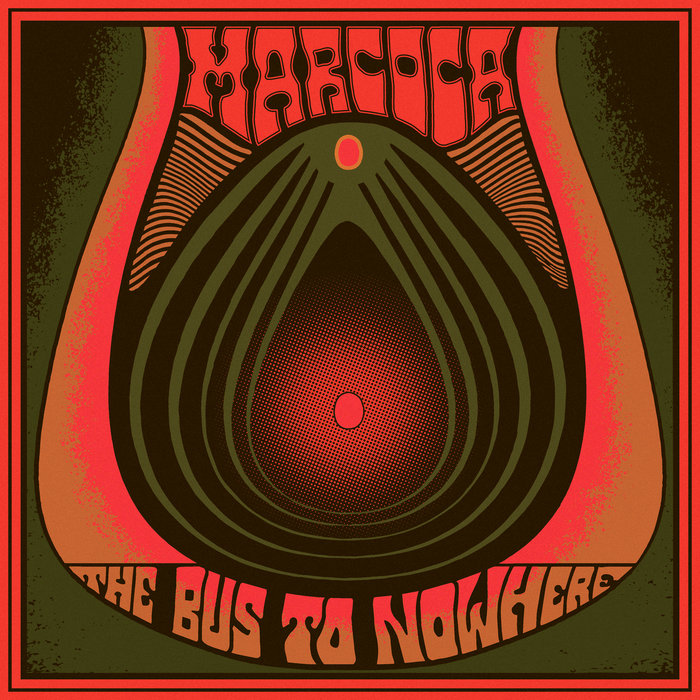
The Bus To Nowhere – Marcoca
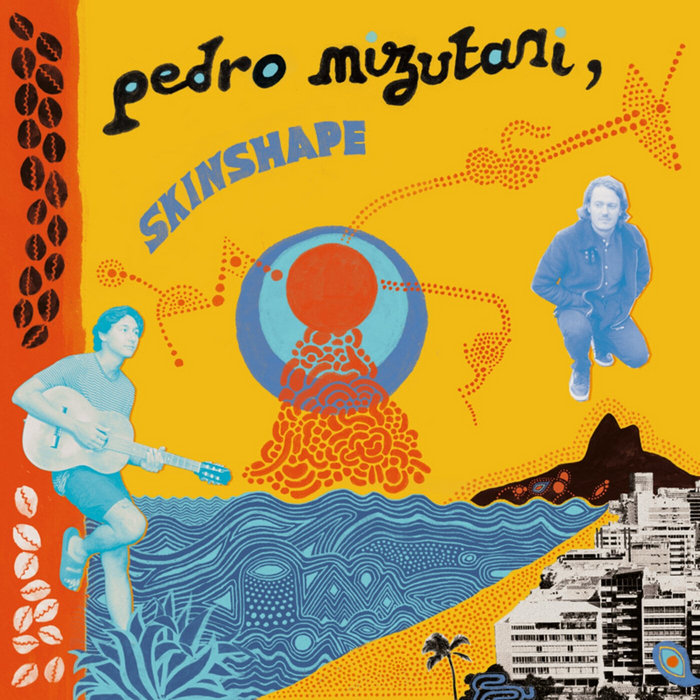
Eu Pensei – Pedro Mizutani, Skinshape

Deixar – Pedro Mizutani & Skinshape
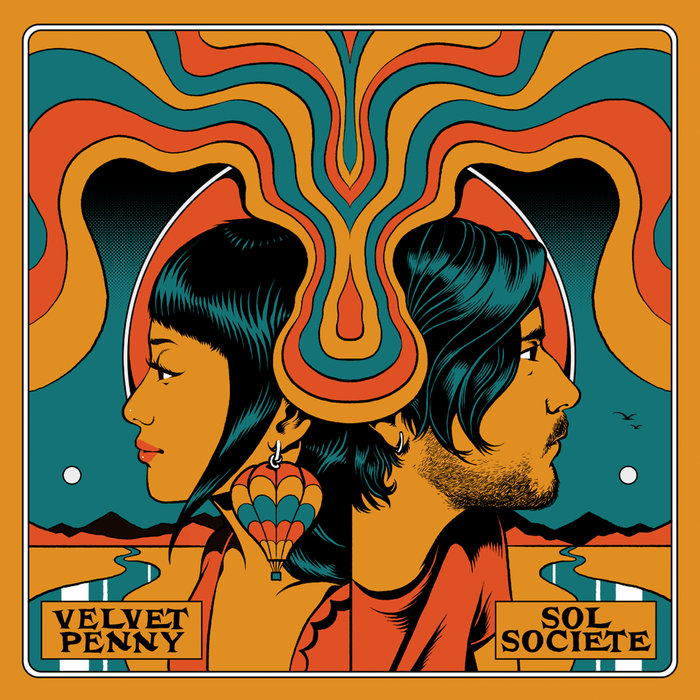
Sambido – Sol Societe
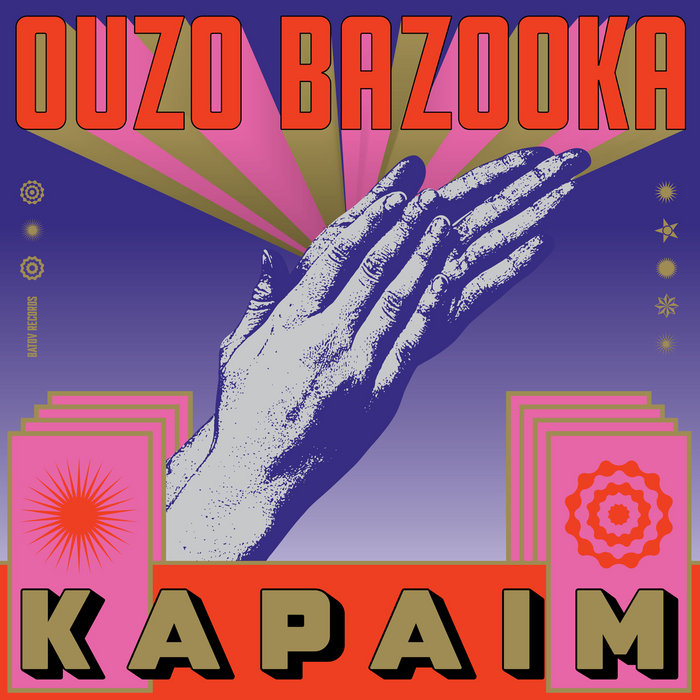
Home – Ouzo Bazooka
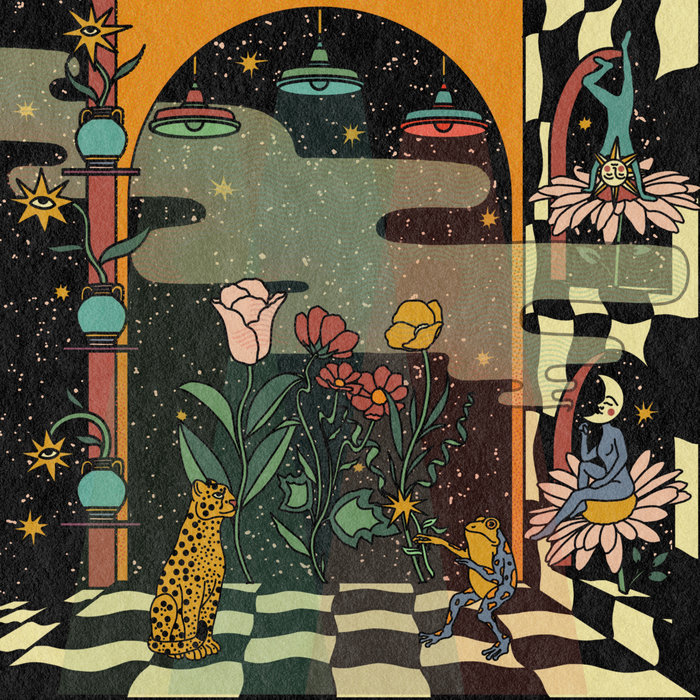
Shrinks The Day – Ryley Walker And Kikagaku Moyo